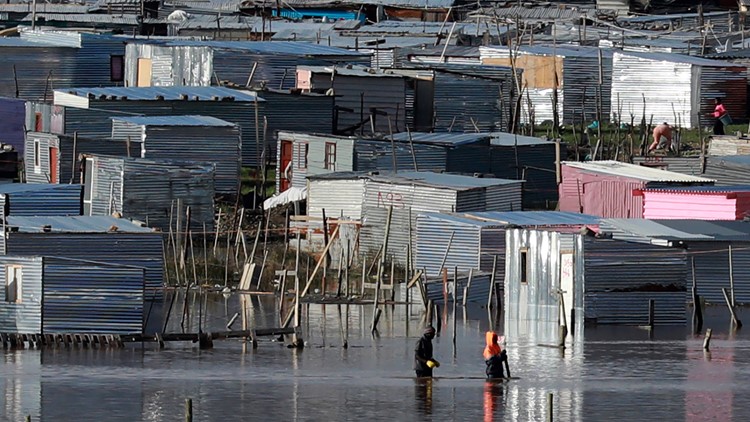The wet season has brought devastating flooding and caused hundreds of deaths from Senegal to Somalia in recent weeks.
While farmers, especially along the River Nile, rely on some flooding during the rainy season to create fertile ground for growing crops, the flooding this year has left disastrous impacts.
More than 1.21 million people across 12 different countries have been impacted by flooding from August to September, according to The International Federation of Red Cross and Red Crescent Societies (IFRC).
The Security and Defense Council of Sudan declared a three-month-long state of emergency on Sept. 4 after heavy rainfall destroyed 100,000 homes. At least 99 deaths are being blamed on the flooding, according to the IFRC.
After weeks of persistent downpours, the Blue Nile, a tributary to the River Nile, rose to 17.58 m (57.68 feet) last week. According to a report from Al Jazeera, this flooding exceeds records set in 1946 and 1988.
The pyramids at al-Bajrawiya in Sudan, which usually sit about 500 m (1,600 ft) away from the Nile, are at risk due to the expansive flooding. Officials have built sandbag walls and have been pumping out water in an effort to protect the more-than-2,300-year-old ruins, the BBC reported.
This United Nations-designated world heritage site is located about 200 km (125 miles) northeast of the capital city of Khartoum.
"The floods had never affected the site before," archaeologist Marc Maillot told AFP, according to the BBC. "The situation is currently under control, but if the level of the Nile continues to rise, the measures taken may not be sufficient."
South Sudan has also been impacted by heavy rainfall and excessive flooding of the White Nile River. More than 100 people have died and around 600,000 have been displaced due to flooding.
According to CNBC, Senegal, along the western coast of Africa, recorded 124 mm (4.88 inches) of rain over the course of a seven-hour downpour, on Sept. 7. This is the same amount that would usually be expected across the entire rainy season running from July to September.
No relief from the wet weather is in sight across central Africa as more rounds of rain and thunderstorms are expected through at least the weekend, according to AccuWeather meteorologists. Areas of rain are expected to become heavy enough to exacerbate flooding from Senegal to Somalia or create new areas of flooding.



